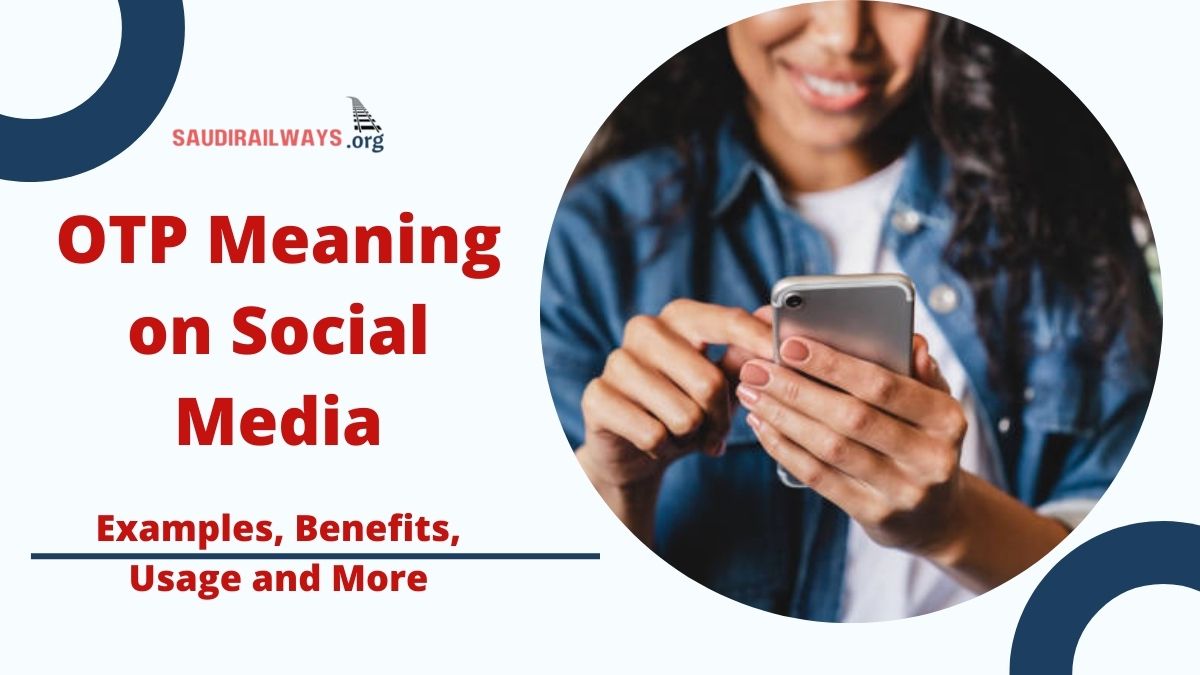Have you ever received a random code via text or email and wondered, “What is an OTP?” OTP, or One-Time Password, is a unique code used for a single session or transaction, providing an extra layer of security.
Widely used in banking, social media, and e-commerce, OTPs help secure sensitive information and protect against cyber threats like phishing and identity theft.

Contents
What Is A One-Time Password (OTP)?
An OTP is a temporary, unique code generated for a single use, typically as part of a Multi-Factor Authentication (MFA) process. It ensures secure access even if a regular password is compromised. Examples of OTP usage include online banking, financial transactions, and account verifications.
Why Use One-Time Passwords?
- Enhanced Security: Prevents unauthorized access.
- Temporary Validity: Reduces exposure to cyber threats like replay attacks.
- Ease of Use: Delivered via SMS, email, or mobile apps.
- Flexibility: Works with various devices and platforms.
Types of OTPs
- Time-Based OTPs (TOTPs): Valid for a short duration, synchronized between the user’s device and server.
- HMAC-Based OTPs (HOTPs): Counter-based and valid until used.
- Email/SMS-Based OTPs: Delivered via email or text message for convenience.
- Push-Based OTPs: Notifications sent to a registered device.
- Physical Tokens: Hardware devices generating OTPs for high-security environments.
MUST READ: ALDI Weekly Ad (11/27/24 – 12/03/24) Specials and Preview
Common OTP Delivery Methods
- SMS: Quick and accessible.
- Email: Useful when phones aren’t accessible.
- Mobile Apps: Secure and network-independent (e.g., Google Authenticator).
- Voice Calls: For users in areas with poor SMS coverage.
- Physical Tokens: Ideal for secure transactions in industries like banking.
Benefits of OTP Authentication
- Enhanced Security: Protects against identity theft and data breaches.
- User Trust: Builds confidence in online platforms.
- Fraud Reduction: Prevents unauthorized transactions.
- Regulatory Compliance: Meets industry security standards.
Drawbacks of Using OTP
- Device dependency (e.g., lost phones).
- Vulnerability to interception via phishing or SIM-swapping.
- Potential inconvenience for frequent transactions.
- Operational costs for implementing OTP systems.
Use Cases Across Industries
- Banking: Securing transactions and account logins.
- Healthcare: Safeguarding sensitive patient data.
- E-commerce: Preventing fraudulent purchases.
- Telecommunications: Securing account updates and changes.
Other Common Abbreviations of OTP
- One True Pairing: Fandom term for favorite romantic pairings.
- On The Phone: Informal texting term.
- Over The Top Platform: Media content delivered via the internet.
- On-Time Performance: Transportation punctuality measure.
FAQs About OTP
- What is the most secure OTP type?
Time-Based OTPs (TOTPs). - Can OTPs be intercepted?
Yes, especially via SMS or email, though sophisticated attacks like SIM-swapping. - Can OTPs be reused?
No, they are designed for single use only. - How long is an OTP valid?
Usually 30 seconds to a few minutes, depending on the configuration. - Are there alternatives to OTPs?
Yes, like biometric authentication or hardware security keys.
Conclusion
OTPs are vital for securing digital transactions and user accounts. They enhance security and user trust while complying with regulatory standards. Despite minor drawbacks, their benefits make them an indispensable tool in modern cybersecurity.
Click here to know more.

I am a passionate technology and business enthusiast, constantly exploring the intersection where innovation meets entrepreneurship. With a keen eye for emerging trends and a deep understanding of market dynamics, I provide insightful analysis and commentary on the latest advancements shaping the tech industry.
